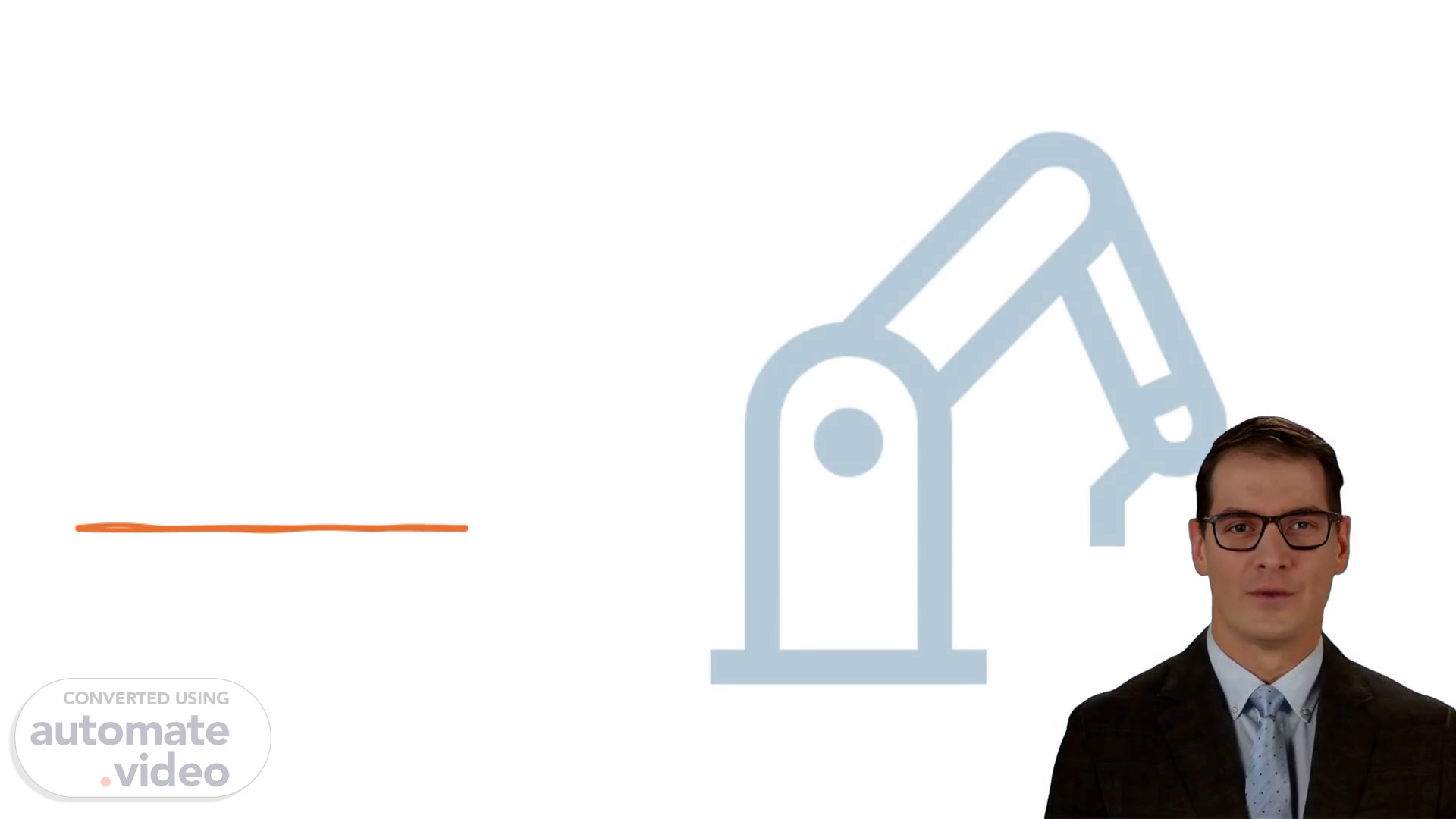
AET 395 Quality Control Individual Project
Scene 1 (0s)
[Virtual Presenter] Good morning everyone. Today I'll be giving a presentation on the fundamentals and techniques of quality control. We'll explore various aspects of quality control from understanding customer requirements to striving for excellence and from continuous improvement to problem-solving. We'll also discuss the use of variable control charts and process capability as well as quality control charts for attributes..
Scene 2 (25s)
[Audio] Quality basics are essential for creating a successful quality management system. It involves having an understanding of customer needs striving for excellence in all work and constantly making improvements to processes and products. Additionally maintaining industry standards and complying with government regulations are part of quality basics for a successful business..
Scene 3 (51s)
[Audio] Quality management is a necessity for any organization that wishes to be successful. Quality advocates are instrumental in creating and sustaining a culture of quality throughout the organization. They work to raise awareness of quality policies standards and systems as well as providing guidance and support for improvement projects. Quality advocates ensure the organization's quality standards are met at all levels and ensure the culture of quality is both established and preserved..
Scene 4 (1m 22s)
[Audio] An effective quality system is instrumental in helping organizations achieve their objectives and ensure customer satisfaction. It provides a structured approach to controlling processes and ensure their efficient execution. Quality systems document the procedures and standards that need to be followed to attain the required results and meet customer expectations. Furthermore they are a useful tool to track and monitor quality performance..
Scene 5 (1m 49s)
[Audio] I'm discussing Quality Improvement through Problem Solving in slide number 5. This process involves a methodical approach to detect evaluate and fix any problems that might be obstructing the quality of a product or service. To achieve this there are techniques like root cause analysis fishbone diagrams and 5 Whys. These approaches can be used to seek solutions to any quality-related problems..
Scene 6 (2m 14s)
[Audio] Variable control charts are essential tools for monitoring and controlling processes that generate continuous data. They are used to detect variations in the quality of production across time. The three most common types of variable control charts are X-bar and R chart X-bar and S chart and individual and moving range charts. These charts can help to identify special causes of variability within a given process enabling the quick detection of problems and the timely implementation of corrective actions..
Scene 7 (2m 43s)
[Audio] Process capability is a crucial element for quality control enabling us to estimate the inherent variability of a process and contrast it with the specifications for every product. By analyzing process capability indices such as Cp Cpk Pp and Ppk we gain a comprehensive understanding of how our process is performing which allows us to take necessary measures to enhance it..
Scene 8 (3m 10s)
Other Variable Control Charts. In addition to traditional variable control charts, other specialized charts are used to monitor specific types of data or situations. Examples include cumulative sum (CUSUM) charts, exponentially weighted moving average (EWMA) charts, and multivariate control charts..
Scene 9 (3m 26s)
[Audio] Attribute quality control charts are a key tool used in quality control for dealing with qualitative or categorical features. They are used to keep track of qualities such as pass/fail defect/non-defect conforming/non-conforming. Popular types of charts are the p-chart np-chart c-chart and u-chart. These charts help ensure that products and processes meet quality standards..
Scene 10 (3m 53s)
[Audio] Reliability is an essential consideration when evaluating and assessing products. It is the ability of a product or system to carry out its intended role effectively and consistently under predetermined conditions over a set period of time. To ensure reliability reliability engineering is employed to anticipate assess and improve its reliability through methods such as reliability modelling testing and analysis. As this presentation has shown reliability is fundamental in delivering products that are effective and successful. Thank you for listening..